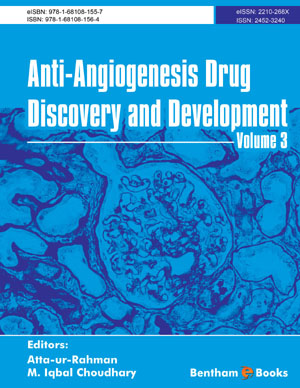Abstract
Inhibitors of the acetylcholinesterase enzyme were first described in the latter part of the 19th century. Some of these inhibitors also inhibit the butyrylcholinesterase enzyme. Therapeutic uses of the cholinesterase inhibitors include ophthalmology, anesthesia, myasthenia gravis, muscarinic antagonist overdose and Alzheimer’s disease. Many pesticides act by inhibiting cholinesterase, with the potential for accidental or deliberate poisoning. Cholinesterase inhibitors were also developed as nerve agents for chemical warfare. This chapter describes the discovery and early studies on the effects and mechanism of action of cholinesterase inhibitors. Subsequent development led to the discovery of a large and varied group of cholinesterase inhibitors. These drugs will be discussed with regard to their therapeutic uses and clinical considerations. Finally, concerns regarding cholinesterase inhibitor toxicity when used as pesticides and nerve agents will be discussed.
Keywords: Acetylcholinesterase, Acetylcholine, Alzheimer’s disease, Atropine, Butyrylcholinesterase, Donepezil, Edrophonium, Galantamine, Glaucoma, Myasthenia gravis, Neostigmine, Nerve agent, Organophosphate, Physostigmine, Pesticide, Pralidoxime, Pyridostigmine, Rivastigmine.






















